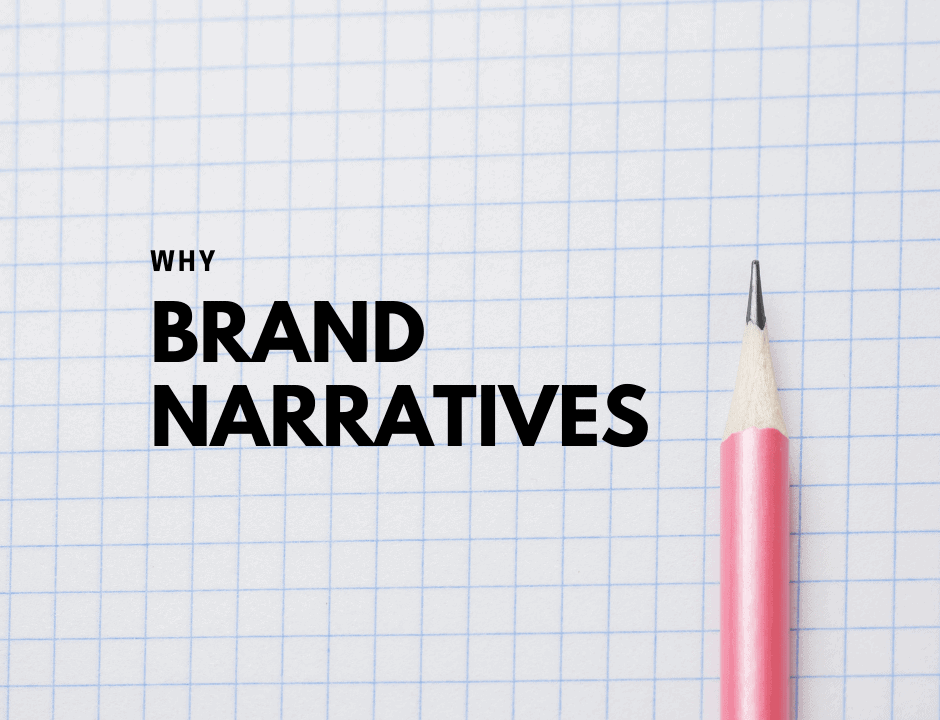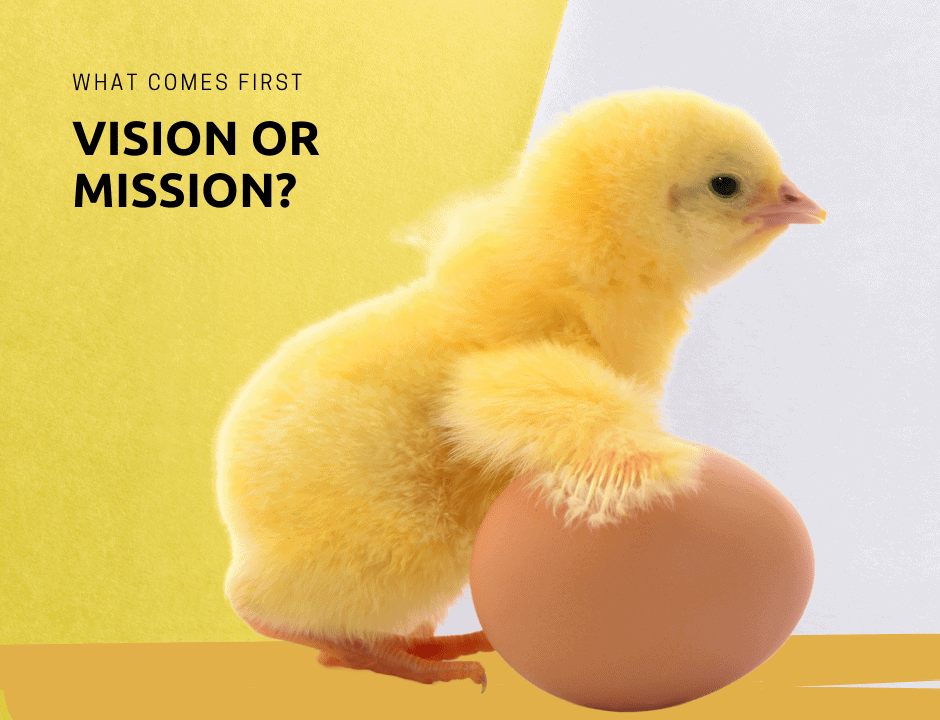Why Do Brands Need Narratives?
Why do brands need narratives? - and how do you give a tangible narrative to an intangible product?
Simply, brands need narratives because our brains are wired to look for them. We evolved from the chaos of noises, opportunities, over-stimulation, and predators only because we could spot patterns among that chaos. When we can spot and understand a recurring pattern, we can make decisions that will nourish and protect us, build our family, and let us become who we should be.
But in a world where a brand can have no physical product, or its ‘superior offering’ is often way more than we need, the narrative might need to reach higher to engage people.
What is a brand narrative?
A brand narrative isn’t a brand strategy by telling stories. Instead, the narrative is a consistent plotting out of the brand’s purpose and offerings into an intuitively understood pattern in a way that acknowledges (explicitly or implicitly) the consumer’s interests. More than a one-dimensional statement, the narrative is a complex description that aligns the brand’s and consumers’ needs, objectives, and opposition.
Classic storytelling, in which there’s a conscious conquering hero can be the vehicle that is used to plot out the brand narrative, but it is not essential. What’s important is that whenever the brand communicates with the consumer, the three elements and their interaction are clear.
The 3 elements of a brand narrative
“Need” – what is the life-threatening* or regularly recurring (emotional/physical) challenge?
“Objective” – how can I answer that need?
“Opponent” – what stops me from reaching my objective/ what provoked the need in the first place?
The acknowledgment and arrangement of these three objects into a recognizable pattern constitutes a brand narrative.
How the smartest brands of the late 20th Century recognized the need for a higher reaching narrative.
In the late 20th Century, a product’s ‘What?’ and ‘How?’ could be quickly copied. Suddenly, a brand’s Why? became its distinguishing truth. If the Why? is clear, anything is possible (said; many writers, philosophers, and marketing copywriters)
But civilization ascends Maslow’s Pyramid, increasingly craving life’s intangibles. The smartest brands now strive for a higher-reaching ‘Why?’.
IBM acknowledges the chaos surrounding us and now tells us the need for A Smarter Planet, not smarter computers. Google gives staff 20% of their week to develop new ideas because they’re on a mission to master the world’s information. Apple, the world’s most valuable brand, venerates our need for creativity.
Writing a brand narrative.
- Who is the hero? All stories have a hero. In this case, someone within your company, such as the inventor or leader, decided to bring this product to market.
- What obstacles and challenges are present? Stories have obstacles and challenges. Sometimes these manifest themselves in an inciting incident that inspired somebody to create something. In other cases, it was an outcome of previous decisions or a reaction to an understanding of customers, the market, and their needs.
- How did the hero transform? Stories are about transformation. How did your character change because of this process of discovering the idea, and inventing and building the product? They came from somewhere and ultimately ended up at creating your company. It’s from there that they are positioned to help customers with their own transformation.
All of this can be distilled into a clearly structured beginning, middle, and end of a story. Market research expert Peter Minnium sums this up nicely: “Stories are instruction manuals that explain how we get from Point A to Point B; the key here is movement from one state of being to another … guiding us from a difficult present to a better future — from beginning to end.”
If you’re ready to begin building a brand narrative that will help you select the right marketing stories to tell, let’s talk.







